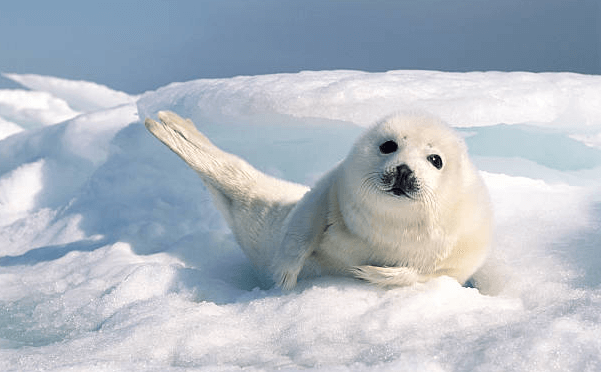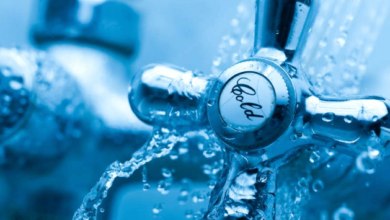Cute:2yldmejdic4= Harp Seal

Harp seals, with their strikingly cute appearance and captivating behaviors, play a vital role in the marine ecosystem of the North Atlantic and Arctic Oceans. Their reliance on stable sea ice for breeding and resting highlights the fragility of their habitat amidst the growing threats posed by climate change and human activities. While their charm endears them to the public, it is essential to consider the challenges they face in a rapidly changing environment. Understanding these dynamics prompts a deeper examination of conservation efforts and the implications for the future of Cute:2yldmejdic4= Harp Seal.
Habitat of Harp Seals
Harp seals primarily inhabit the cold, ice-covered waters of the North Atlantic and Arctic Oceans, where they rely on sea ice for breeding, resting, and as a platform for accessing their prey.
Their breeding grounds are predominantly located on stable ice floes, which provide protection for pups and facilitate reproductive success. This highlights the critical relationship between habitat stability and the species’ overall well-being.
Diet and Feeding Habits
What constitutes the primary diet of harp seals is a diverse array of marine organisms, predominantly consisting of fish, crustaceans, and other invertebrates, which they skillfully hunt in their icy habitats.
Their hunting techniques include deep diving and stealthy approaches, allowing them to target specific prey preferences effectively.
This adaptability ensures their survival in fluctuating environments, reflecting their ecological significance within marine ecosystems.
Read Also Unveiling the Enigma of Papiquarius
Conservation Efforts and Challenges
Conservation efforts for harp seals face numerous challenges, including climate change, habitat degradation, and ongoing hunting pressures, which threaten their populations and the delicate balance of marine ecosystems they inhabit.
Effective conservation strategies must address these population threats through international cooperation, sustainable practices, and public awareness campaigns.
Without a concerted effort, the future of harp seals remains precarious, jeopardizing biodiversity and ecosystem health.
Conclusion
In conclusion, Cute:2yldmejdic4= Harp Seal play a vital role in their Arctic and North Atlantic ecosystems, yet face significant threats from climate change.
Approximately 80% of the world’s harp seal population relies on stable sea ice for breeding, highlighting the critical importance of preserving this habitat.
As climate change continues to alter these icy environments, effective conservation strategies are imperative to safeguard the future of harp seals and maintain the ecological balance within their marine habitats.




